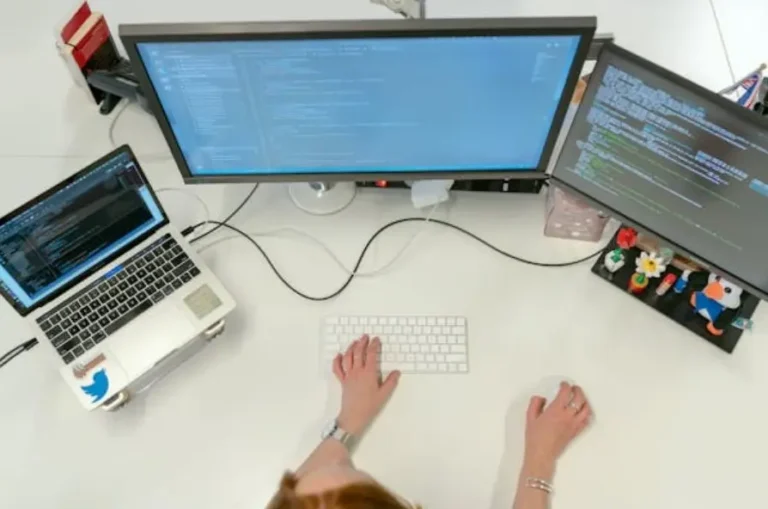Understanding Digital Twin Technology: Revolutionizing the Digital and Physical Worlds
Digital twin technology is the virtual model of any real-life object prepared by using real-time data. It uses sensors to collect the relevant data pertinent to the behavior of the object and monitor the performance. It replicates many real-world objects, starting from equipment in the manufacturing process to offshore installment. It oversees the performance of assets, identifies the faults, and helps in better decision-making.
Different Types of Digital Twin Technology
Product twin, or asset twin, is one of the popular applications of digital twin that represents the product at various stages of the product life cycle. It works through all the development phases, starting from the initial design phase to full functionality.
System Twin enables the business to see how different objects are connected together and functioning within the system. It gives the detailed understanding of how the interaction is happening and suggests the essential performance improvement requirement.
Process Twin gives the detailed insight of how the systems are correlated and functioning together to run the production process. It identifies the peak efficiency or any delays within the process. It predicts the estimated time and improves overall efficiency.
Data twin technology considers capturing the data associated with any physical object rather than focusing on simulation or any other data analysis. It mainly emphasizes data-driven decision-making. Google Maps is a great example of a digital twin application that considers the real-time data of traffic for your communication.
Benefits of Digital Twin Technology
Digital twin technology provides multiple benefits and is widely implemented by the business organization for its potential.
- Performance monitoring is one of the key functions of digital twin technology that helps to optimize the performance of any equipment, plant, and machinery.
- Prediction of outcome has become much easier with the application of digital twin technology by getting the detailed digital view of the manufacturing process and flagging issues or any bottleneck in the manufacturing process.
- It improves the overall production time by identifying any failure instantly and provides time to take the necessary steps to make further changes.
Digital twin technology is emerging rapidly for its versatile applicability. Organizations are adopting this new technology in their various business processes for numerous benefits. Physical large projects like building, bridge construction, power equipment, or any other manufacturing industries are implementing digital twins for understanding the real-time functioning of the processes. Ingenero helps companies use these benefits to work better and more efficiently.
Frequently Asked Questions
Can digital twin technology implement artificial intelligence?
Yes. Digital twin technology is implementing intelligence to achieve better decision-making with the simulation and prediction of real-time data.
What are the softwares used in digital twin technology?
The software like PTC ThingWorx, Ansys Twin Builder, and Azure Digital Twin are widely used applications.
What languages are used in digital twin technology?
Digital definition language (DTDL), a JSON-LD-based programming language, is used in digital twins.
What are the challenges faced by digital twins?
It faces challenges due to its high cost of implementation, system integration, and technical expertise which are crucial for digital twin applications.
Also Read-Why Energy-Efficient Elevators Need More Than Just Tech: Maintenance Matters






